Mixed Numbers -> proper fraction
Proper Fraction
A proper fraction is a fraction where the numerator (the top number) is less than the denominator (the bottom number). In other words, the value of a proper fraction is always less than 1.
For example, the fractions 1/2, 3/4, and 5/6 are all proper fractions because the numerators (1, 3, and 5) are less than their denominators (2, 4, and 6).
Identifying Proper Fractions
To identify whether a fraction is proper, you simply need to compare the numerator and the denominator. If the numerator is less than the denominator, the fraction is proper.
Study Guide
- Understand the definition of a proper fraction as a fraction where the numerator is less than the denominator.
- Practice identifying proper fractions from a list of fractions.
- Compare proper fractions to improper fractions to understand the difference.
- Practice converting improper fractions to mixed numbers and vice versa.
Remember that proper fractions represent values that are less than 1, and they are an important concept in understanding the relationship between numbers and fractions.
.◂Math Worksheets and Study Guides Sixth Grade. Mixed Numbers
Study Guide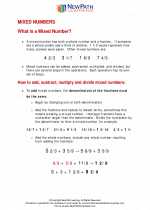 Mixed Numbers
Mixed Numbers  Worksheet/Answer key
Worksheet/Answer key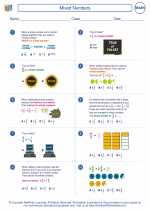 Mixed Numbers
Mixed Numbers  Worksheet/Answer key
Worksheet/Answer key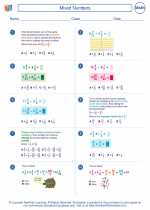 Mixed Numbers
Mixed Numbers  Worksheet/Answer key
Worksheet/Answer key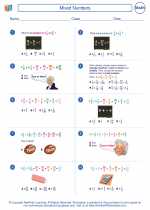 Mixed Numbers
Mixed Numbers  Worksheet/Answer key
Worksheet/Answer key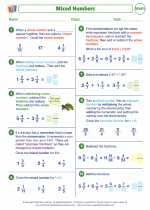 Mixed Numbers
Mixed Numbers 

 Worksheet/Answer key
Worksheet/Answer key
 Worksheet/Answer key
Worksheet/Answer key
 Worksheet/Answer key
Worksheet/Answer key
 Worksheet/Answer key
Worksheet/Answer key

The resources above cover the following skills:
Number and Operations (NCTM)
Compute fluently and make reasonable estimates.
Develop and analyze algorithms for computing with fractions, decimals, and integers and develop fluency in their use.